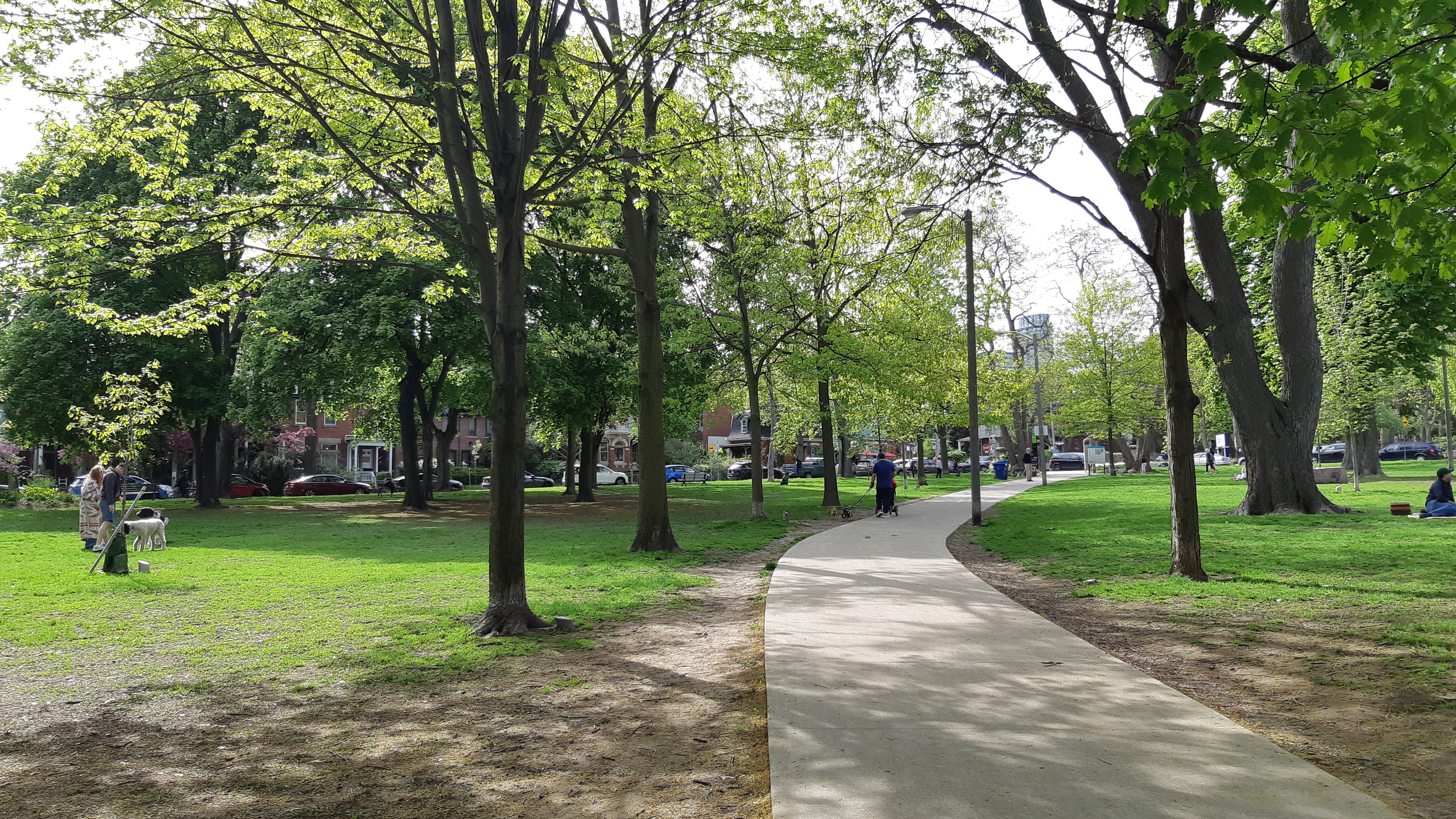Look out your window and count how many trees you can see. If it’s three or more then you are getting the health benefits of nature. Many people look out the window and see only concrete and glass. Maybe a patch of grass.
Things don’t have to be this way. We can design cities so that they have space for nature. The Covid-19 pandemic was a deathly reminder that humans are part of nature. We need nature and nature needs us.
The new standard for urban trees came out of the pandemic. It is being used by cities and organizations around the world to promote and benchmark the benefits of urban trees for humans and nature. It has become a standard used by the World Health Organization. You should be able to see at least three trees from where you live, work, school or play. It’s a simple and yet powerful rule.
Simply glancing at a tree through a window can improve mental health and well-being. It reduces stress, encourages noticing the changes in the seasons, and increases the chances of seeing birds, butterflies, and other wildlife. My desk and couch always face the window. When I can see outside, I feel more alive.
The 30 in the new rules for trees means that there should be a 30 per cent canopy cover in every neighbourhood. This is a minimum. In Toronto, racial inequity is mirrored in in tree inequity. It’s the same pattern in other Canadian, USA and British cities. In other words, the Blacker the neighbourhood the fewer the trees. The converse is also true. That is, the Whiter the ‘hood the more trees it has. This is why access to nature is a social justice issue. Nature is not free or neutral when you don’t have access to it in the first place.
Everyone should have a greenspace within 300 metres or a five-minute walk from their home. Parks and other greenspaces encourage people to go outside, to be more social as they chat to neighbours or strangers, children get to play and make friends. Trees in urban greenspace provide shade, clean the air, and encourage people to hang-out under them.
Access to greenspace is also linked to race. In other words, there are fewer parks in Black neighbourhoods, or those that are there are ugly and uninviting as they are poorly maintained. These parks don’t encourage visits and sociability.
The tree inequity is stark in my Regent Park neighbourhood. Looking out my window, I see more than three trees. However, the trees are small as they were planted in the past decade as part of the regeneration of the area. Bigger trees give bigger benefits. There is a park within a two-minute walk from my apartment. However, the park is already stuffed with people. Children line up for the swings and climbing frames. The benches and picnic tables are always full. The park will be jammed as the surrounding apartment towers are finished. There is no other greenspace nearby.
Up the road is Cabbagetown. The people in the houses can see a score of trees. Their large tree-ringed park is a haven. That hood is mainly White. My neighbourhood is mainly Brown, Black and with an urban Indigenous population. The new rules for trees is a simple way of showing and challenging tree inequity.
© Jacqueline L. Scott. You can support the blog here.

